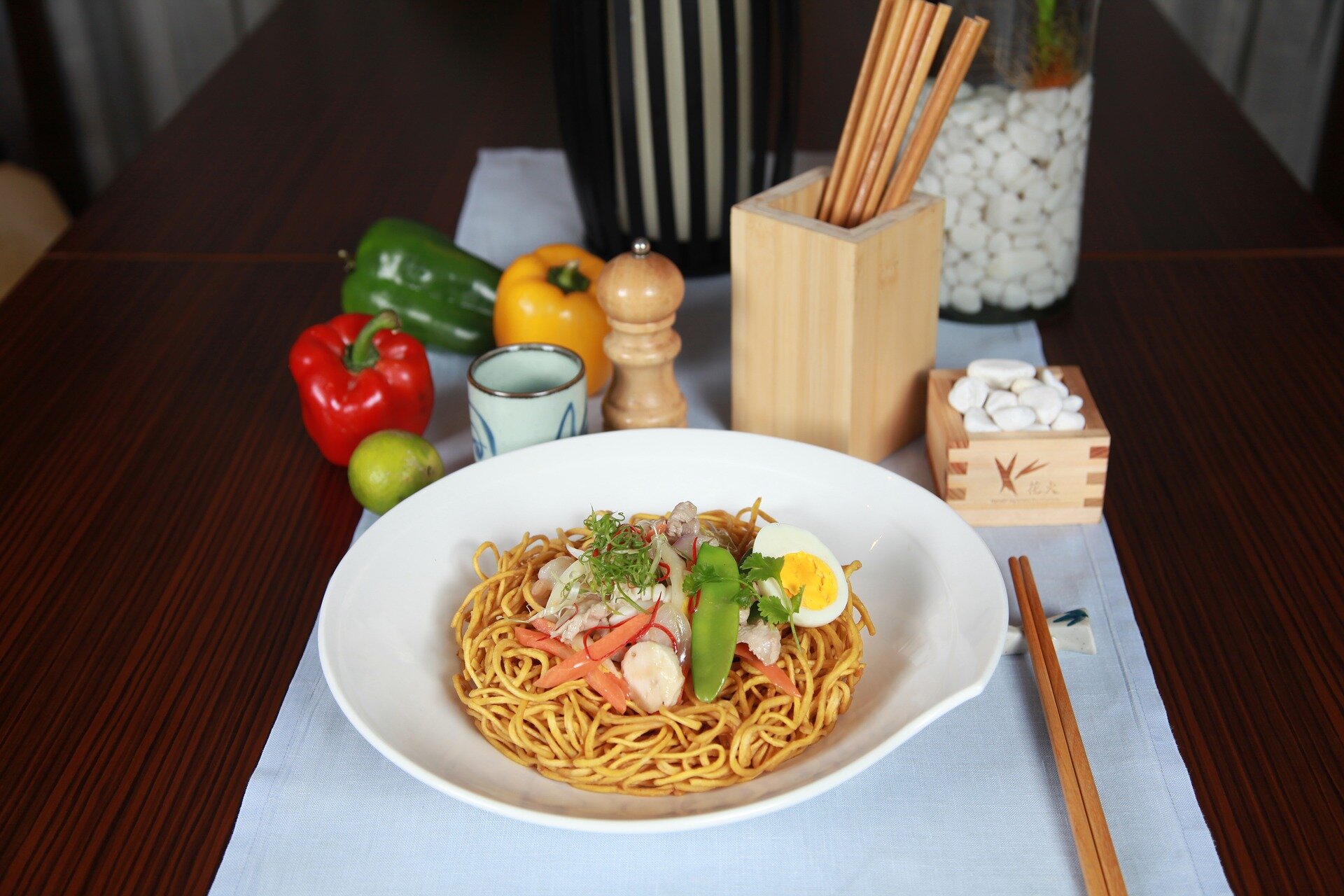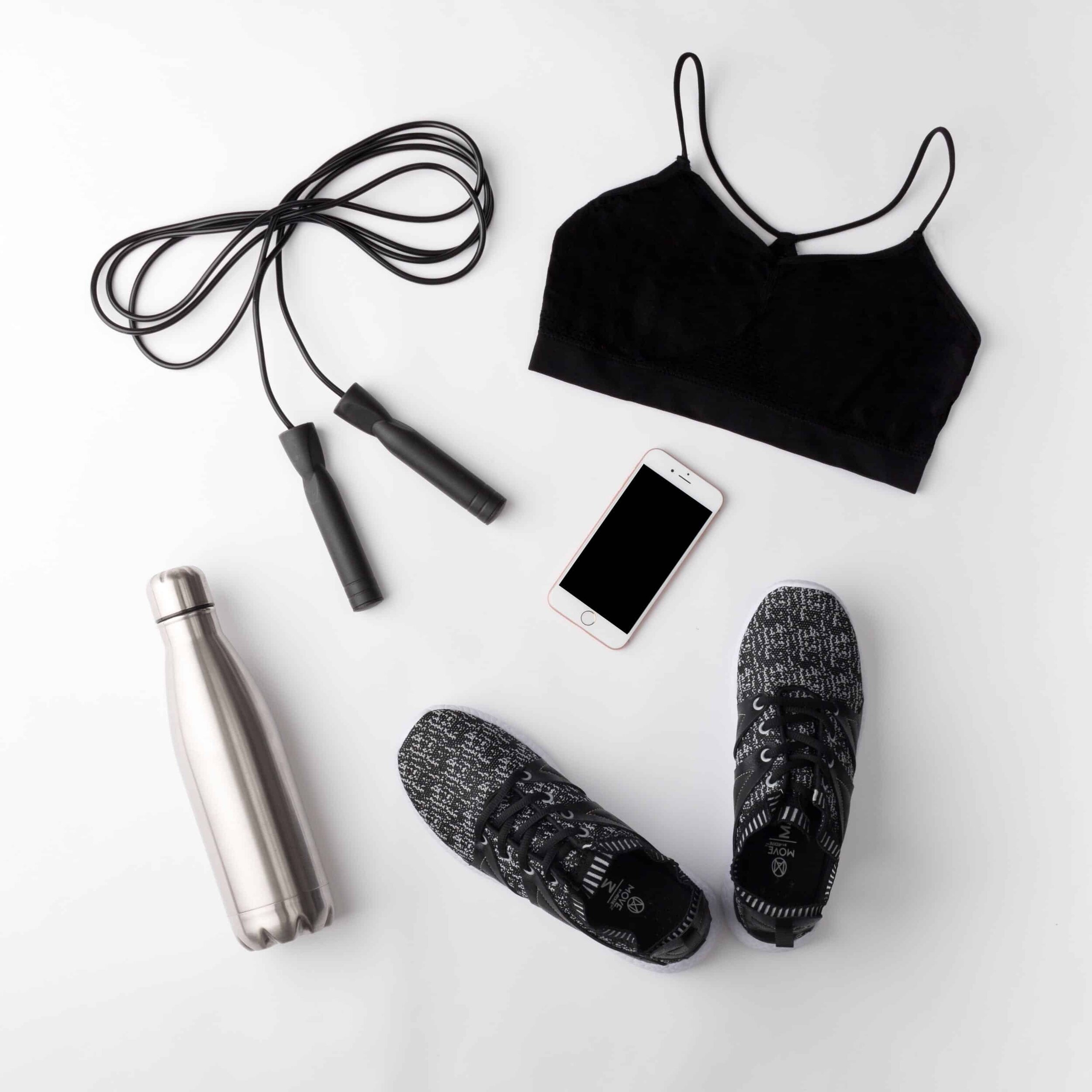Is Filipino Food Unhealthy? (3 Tips For Weight Loss)
Filipino food is delicious and known worldwide for its awesome and unique flavors.
With Filipino restaurants opening up in the big cities of New York, Los Angeles, and Washington DC, this Asian delicacy is quickly becoming a popular cuisine in the states.
Filipino food is super tasty, but if you are trying to watch your diet, you may be wondering, is Filipino food unhealthy?
A lot of the dishes you can find in Filipino cuisine can be high in calories with a poor balance of macronutrients as lots of the calories come from fats and sugar. Since a lot of Filipino food contains fatty meats and highly caloric sauces, it is difficult to find dishes that are ideal for losing weight.
That does not mean you cannot eat Filipino food as there are many ways you can work around the poor balance of macronutrients that Filipino dishes provide.
Here are three tips you can use to enjoy Filipino foods and still lose weight:
Tip 1: Learn Which Unhealthy Filipino Foods to Avoid
Tip 2: Learn Which Filipino Foods to Eat to Lose Weight
Tip 3: How to Cook Healthier Filipino Foods for Weight Loss
Tip 1: Learn Which Unhealthy Filipino Foods to Avoid
In this section, we will cover some Filipino foods that are considered more unhealthy because of their abundance of fats and sugars.
However, this does not mean that you can not eat any of these foods when you are trying to lose weight.
You can always satisfy your Filipino food cravings as long as you learn how to portion size, maintain a calorie deficit, and remember to adjust your meals throughout your day accordingly.
This particular section helps you recognize foods that may hinder you from seeing tangible results.
By understanding why foods that are calorically dense and high in fat can be harmful to your diet, this will move you several steps closer to making you successful in your weight loss journey.
Bicol Express
Tender pork slices, coconut milk, and chili?
Who can ask for more. Bicol Express is one of those nostalgic foods that reminds you of the Philippines, but not a great dish to frequent.
Sadly, it’s deliciousness is precisely what makes it unhealthy.
Think of it as this, saving Bicol Express for special occasions makes it all the more delicious every time you get to eat it.
One bowl of Bicol Express is around 420 calories with 11 grams of carbohydrates, 27 grams of protein, and 31 grams of fat.
Since Bicol Express contains a lot of pork belly and oils, this makes this dish an unhealthy option because it is not only high in calories, but also high in fats.
You may be wondering why Bicol Express is unhealthy, where it is very low on carbohydrates and high in protein, but when determining whether or not a food is ideal for a diet, you want to take into account the fat to protein ratio.
Ideally, you want to eat dishes that are 1:3 fat to protein, when finding protein-rich and low in fat foods.
Fats macronutrient is different than carbohydrates and protein where 1 gram of carbs or protein is 4 calories while fats has 9 calories.
This is why it is important to limit the amount of fat that you eat throughout the day, like Bicol Express, because this can easily put you in a calorie surplus and make you gain instead of lose weight.
Inihaw na Liempo
Inihaw na Liempo is a favorite of Filipino cuisine.
There are many variations to this dish, but all of them aim to complement the main star of it: pork belly.
It usually consists of a fish, oyster or soy sauce, citrus component, garlic, sugars, sesame oil, and chili peppers which is why in one bite, there is already so much flavor.
But, that’s probably where you should stop.
One serving of Inihaw na Liempo is around 380 calories with 19 grams of carbohydrates, 6 grams of protein, and 31 grams of fat.
This highly fatty dish comes from the pork belly meat and a bunch of extra calories are added by the sugary and oily sauce making Inihaw na Liempo one of the more unhealthy Filipino dishes.
If you are really craving some Inihaw na Liempo, be sure to portion size your serving.
Instead of filling your plate with a bunch of Inihaw na Liempo, try grabbing just a few pieces and pairing it with vegetables and leaner sources of protein like chicken or fish.
Halo-Halo
Halo-Halo is the reason why I get dessert cravings. It’s the best shaved ice combination of flan, purple yam, red beans, coconut strips, sago, ube, fruit slices… basically a mixture of all the good stuff.
But when it’s that delicious, you know it’s too good to be true, and Halo-Halo comes at the cost of a failed diet.
One serving of Halo-Halo is approximately 280 calories with 58 grams of carbohydrates, 5 grams of fat, and just 2 grams of protein.
Halo-Halo may seem like a delicious dessert, but with almost 50 grams of sugar in just one serving, this is not the ideal food to eat regularly when you are trying to lose weight.
As someone who has a major sweet tooth, I can totally relate to someone struggling to control the amount of sugar intake I have throughout the day.
The good news is that you do not need to completely eliminate sugar in your diet to lose weight, but to limit the amount you have throughout the day.
By over-suppressing your cravings, this may lead to future binge eating or inability to control yourself.
If you really want to eat Halo-Halo while you are on a diet, you can totally do so as long as you adjust your meals throughout the day accordingly.
Since Halo-Halo is high in carbohydrates, you might want to cut out the rice in your lunch and replace it with a salad so you can enjoy your Filipino dessert afterwards.
This is all about planning ahead and adjusting your other meals so you can fit in your cravings.
By now you probably already noticed the continuous trend of these unhealthy Filipino foods-they are high in fat and sugars- which makes choosing healthy alternatives a lot simpler.
However, it is important to note that a diet must be maintainable and effective, and the point is not to cut out all fats and sugars, but learn how to eat them in moderation and maintain a balanced diet.
Tip 2: Learn Which Filipino Foods to Eat to Lose Weight
The good news is that even though there are a lot of unhealthy Filipino foods, there are also several healthy options that are also just as delicious.
Now you know which Filipino foods to avoid, let’s talk about the several other healthy options that are great alternatives and help you understand why they are better for your weight loss goals.
Pancit Palabok
Pancit Palabok is one of the many different Filipino Pancit dishes that is usually topped with a delicious and unique shrimp sauce.
Pancit also has several toppings such as eggs, pork, garlic, scallions, and a variety of crispy and fried foods that add extra texture and flavor to the noodle dish.
One serving of Pancit Palabok contains around 400 calories with 41 grams of carbohydrates, 25 grams of protein, and 15 grams of fat.
Although this dish can be healthier, Pancit Palabok is considered one of the better choices because it is higher in protein and there is not an overabundance of fat.
When trying to find the most ideal Filipino food to eat when you are trying to lose weight, look for foods that are high in protein.
Protein is the macronutrient that helps you maintain muscle mass, which is an important component when trying to target your ideal body composition.
Ginisang Ampalaya at Hipon
Ginisang Ampalaya at Hipon is a flavorful, low fat, and high protein Filipino dish made up of bitter melon, egg, shrimp, and tomato.
Remember to be mindful that not all Filipino dishes are made the same, so be sure to look out for those ingredients high in fats and sugars.
One serving of Ginisang Ampalaya at Hipon has around 157 calories with 9 grams of carbohydrates, 16 grams of protein, and 7 grams of fat.
It is quite difficult to find both flavorful and healthy Filipino dishes because most of those Filipino flavors come from fats and sugars, but Ginisang Ampalaya at Hipon is a good compromise of a dish packed with high protein, low fat, and deliciousness.
Since carbohydrates don’t usually make you full, by replacing dishes high in carbohydrates and calories, you can save up calorically dense dishes for another meal.
For example, if you know you are going out for dinner, having Ginisang Ampalaya for lunch, you will have more room to eat a larger dinner.
Think of this as a budget, where the less you spend now, the more options open up to your choosing later throughout the day.
Tip 3: How to Cook Healthier Filipino Foods for Weight Loss
Now that you understand the differences between unhealthy and healthy Filipino food when eating out, what about homemade foods?
In this section, we will discuss how preparing your own Filipino food is ideal for your weight loss journey and how meal prepping can help you reach your goals.
Chicken Adobo
Chicken Adobo is a delicious Filipino dish that aims for that sweet and savory effect.
How about turning Chicken Adobo from a skeptical meal choice to your go to meal with no regrets by cooking your own food.
The best thing about cooking at home is you get to fit the flavors according to your own palette and also control which macronutrients your exact ingredients contribute to.
The typical Chicken Adobo that you may eat in a Filipino restaurant is made up of chicken drumsticks or thighs and is usually covered in a thick and tangy Filipino sauce while paired with rice.
One serving of Chicken Adobo can easily reach around 400 calories with 8 grams of carbohydrates, 28 grams of protein, and 28 grams of fat.
If instead you follow our Youtube channel and decide to make our Healthier Chicken Adobo recipe, you can achieve add 5 more grams of protein and cut out almost half of the fat from the original recipe.
By swapping out the ingredients with healthier options, you can make Chicken Adobo part of your diet and still lose weight.
Healthy Filipino Food Meal Prep
Another great alternative for cooking your own meals is taking the time to meal prep your lunches for the rest of the week.
We highly recommend this process because it not only greatly boosts your success rate, it also saves you a ton of time and money.
By meal prepping your favorite Filipino food, you can enjoy eating your cravings throughout the week and also know exactly what goes into your meal.
By swapping out ingredients with healthier alternatives, you can get essentially the same flavors but a healthier option.
Not only that, cooking and preparing foods ahead saves you so much time throughout the week and makes washing dishes and cleaning significantly less.
With premade meals, this also prevents you from impulsively buying fast food when you are tight on time.
Meal prepping has so many benefits and if you check out our Youtube channel, we have a simple and delicious Filipino Meal Prep Recipe that you can try for yourself.
With all this nutritional knowledge in your hands, you are more than ready to meet your weight loss goals for the new year.
Remember, losing weight and staying healthy does not need to be a painful and restrictive journey, but a fun and motivating lifestyle that encourages you to take good care of your body.
CONCLUSION
Remember, although nutrition is a huge factor that influences weight loss, it is important to pair this journey with exercise as well.
Especially strength training.
Several years of research on the benefits of weight training have shown that individuals that do some sort of consistent resistance training at least 3-5 times a week have shown not only a great amount of weight loss but are also able to keep the weight off!
The secret to this phenomena is that strength training leads to a build-up of muscle.
Not only does your body recomposition into a more fitting and athletic-looking aesthetic, but having more muscle also increases your resting metabolic rate which essentially means you burn more calories at rest!
Now that we know the importance of muscle we need to make sure we stay on track with our workouts.
Consistency and longevity are the two key factors when building muscle so there will be some commitment involved.
We understand that not everyone has access to a gym membership or feels comfortable starting off in such an intimidating environment.
Although I would strongly recommend that everyone should get a gym membership, don’t worry we got your back!
You can either go to the gym or build one for yourself.
It really just comes down to 3 pieces of equipment that you need to do most workouts.
These three are the workout bench, dumbbells, and gym flooring. Check out our recommended gear page to see our best picks for these pieces of equipment here.
https://www.aspirefitnesswalnut.com/home-workout-equipment
If a home gym is not for you then getting a membership somewhere works too.
As long as you are starting your muscle-building journey, we’re happy!
Stick with it for the long run and you’ll see how amazing the results can be.
RECENT POSTS
The Asian Weight Loss Cookbook
The 15 Fat Burning Meals Cookbook features our favorite recipes that you can use to get closer to your fitness goals.
Become your own personal trainer with the guidance of this book and make this the year you achieve your insurmountable fitness goals.
PHILLIP PAK
Phillip Pak is a fitness expert who has been training clients for 6 years. Throughout his fitness journey, Phill has done it all when it comes to diet and nutrition. He is now the owner of Aspire Fitness Walnut where his main goal is to help those who are seeking to find the best version of themselves. Phillip is also a NASM Certified Nutrition Coach (CNC) and a NASM Certified Personal Trainer (CPT).



















